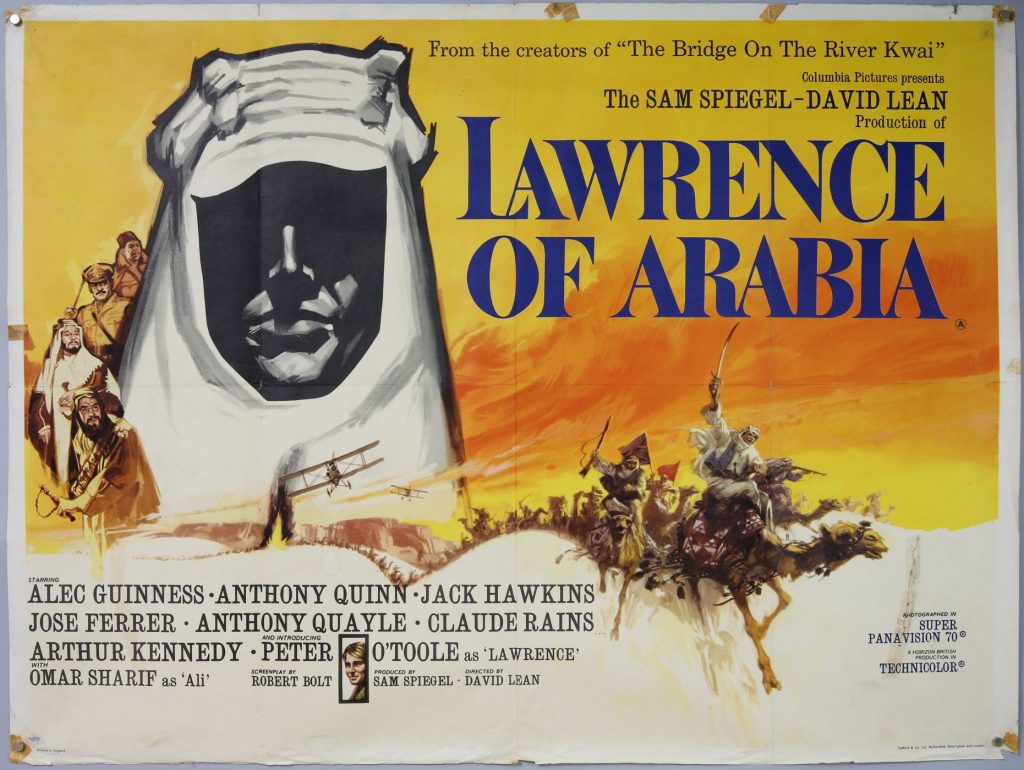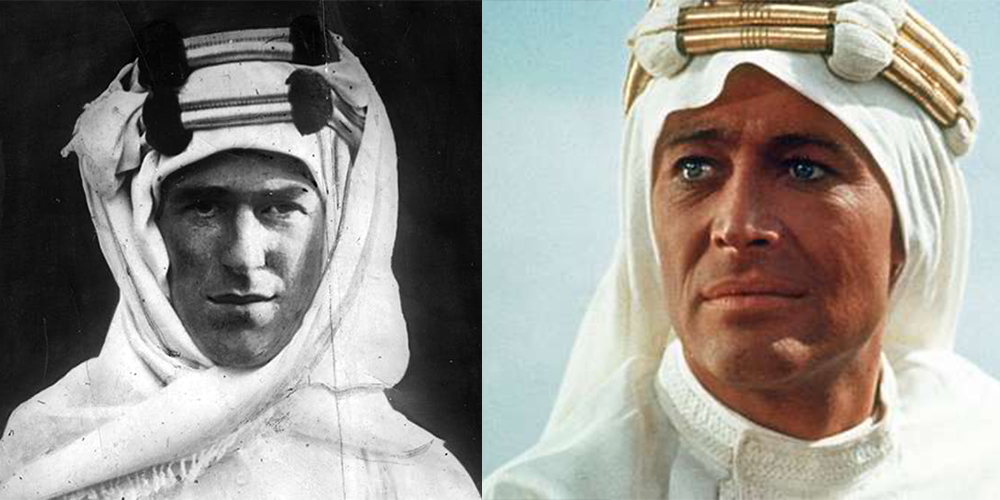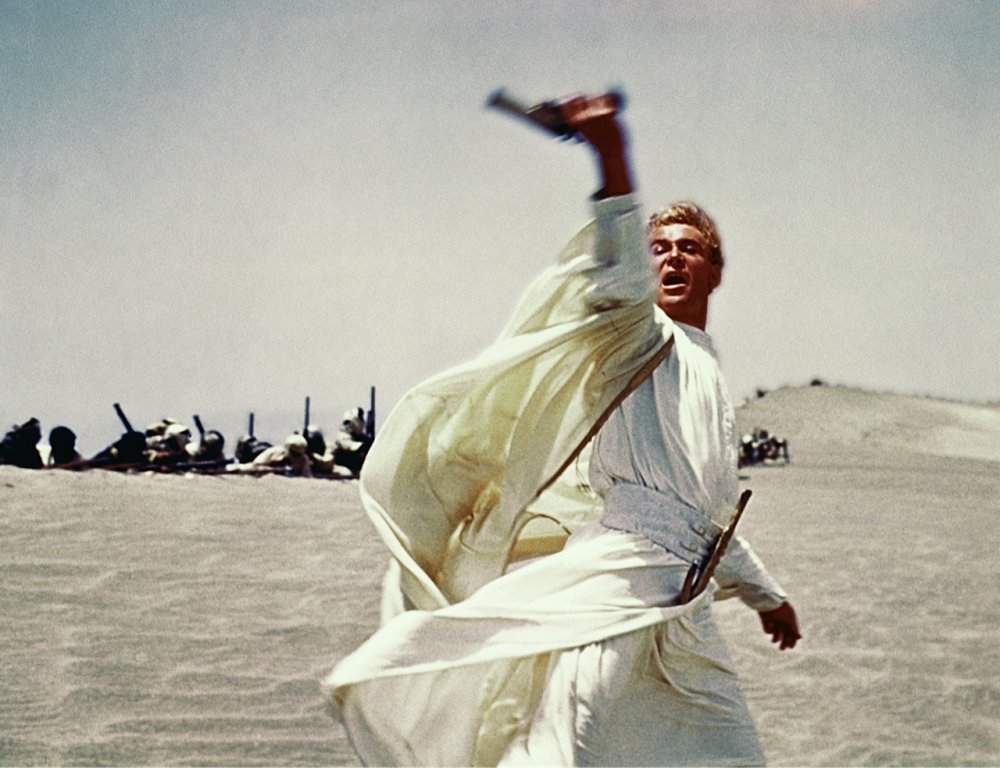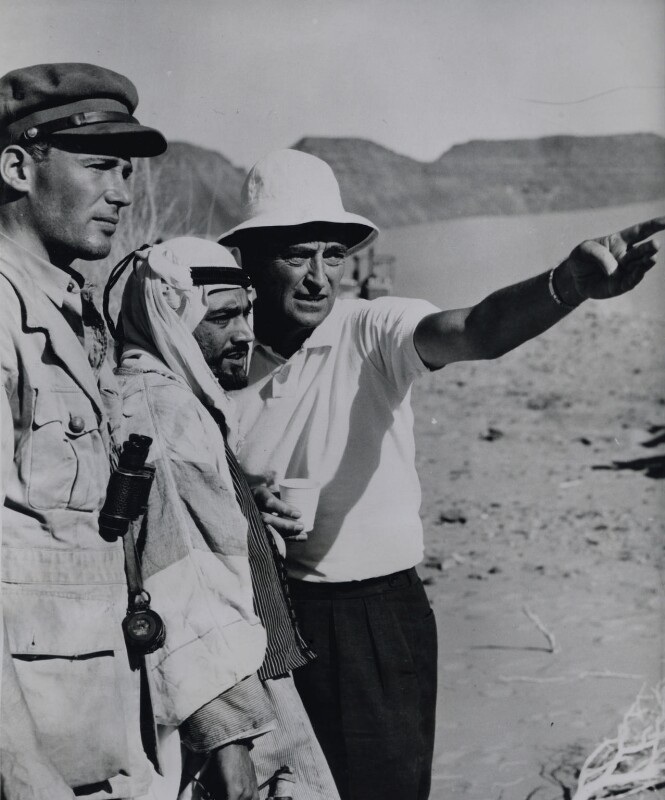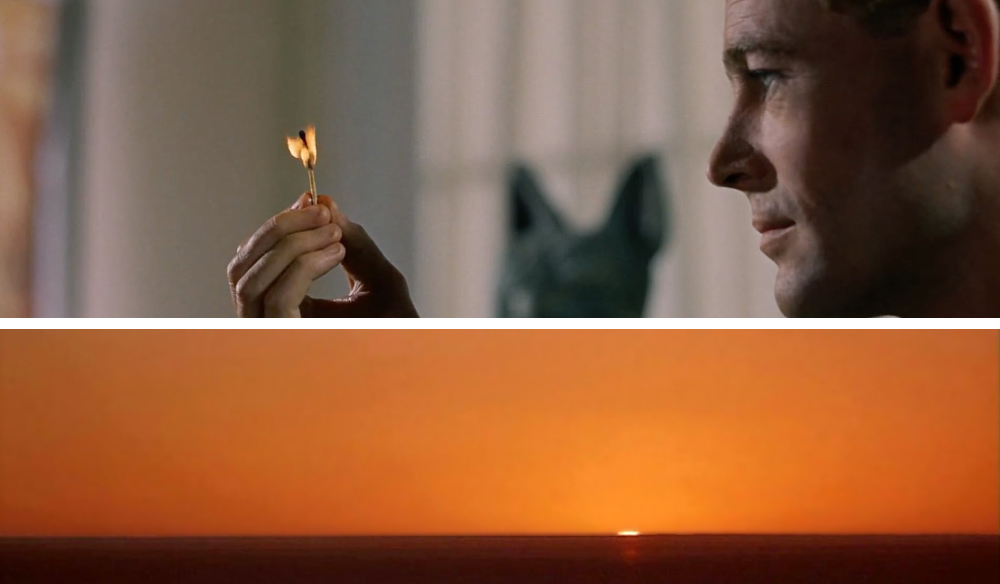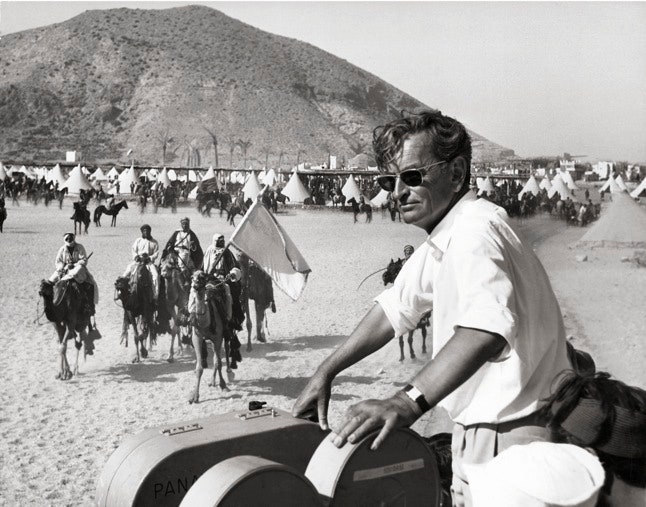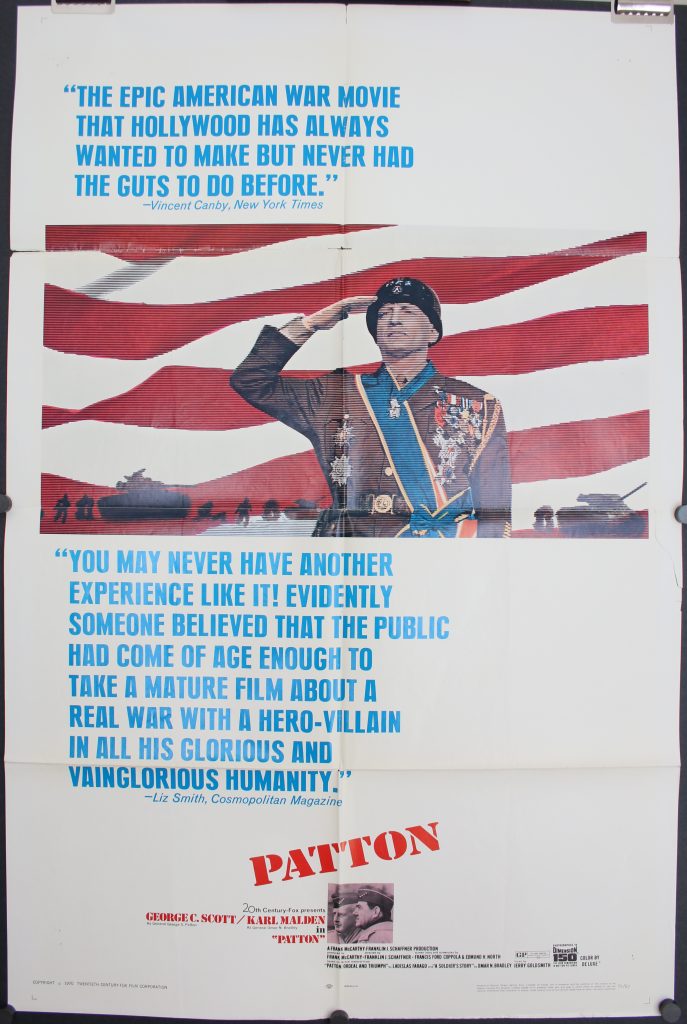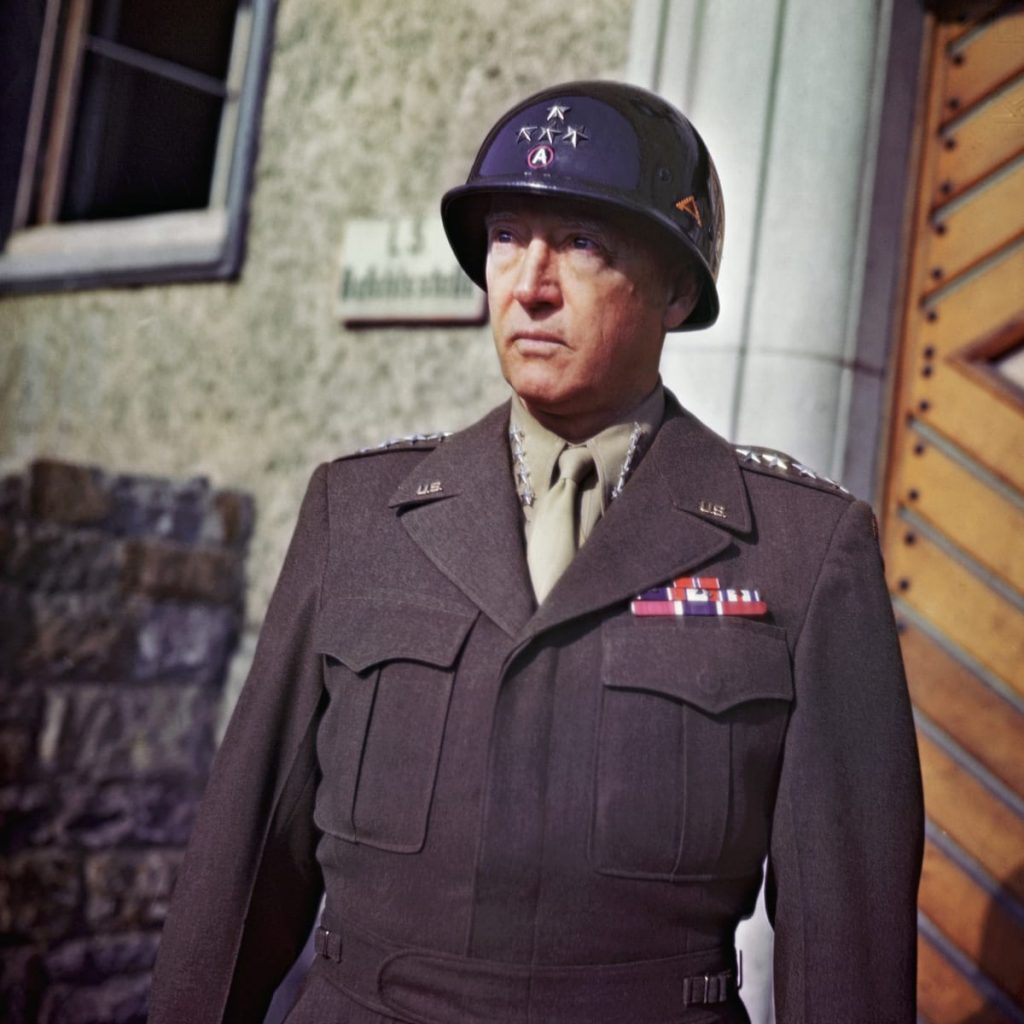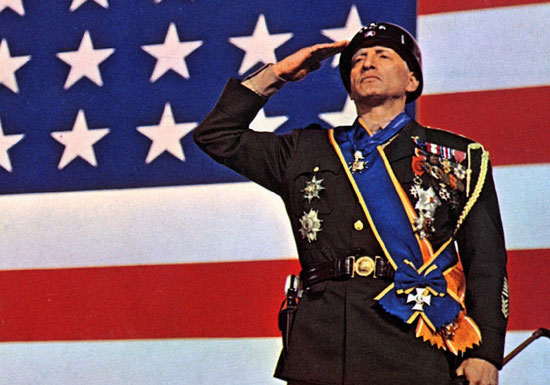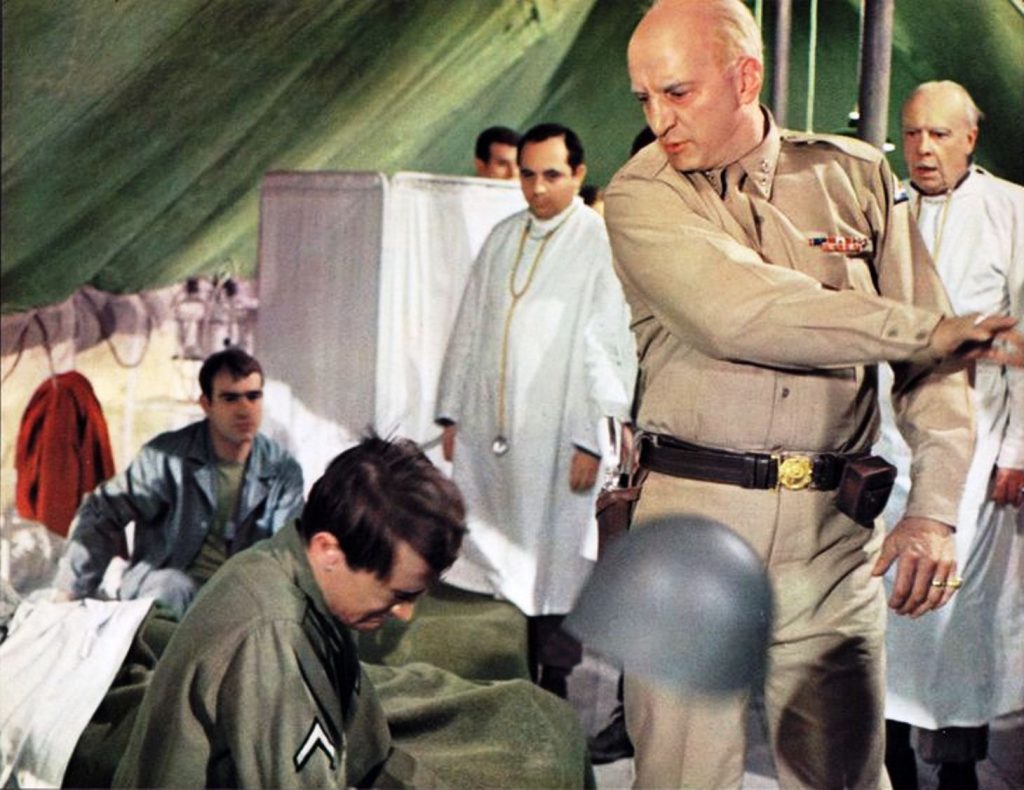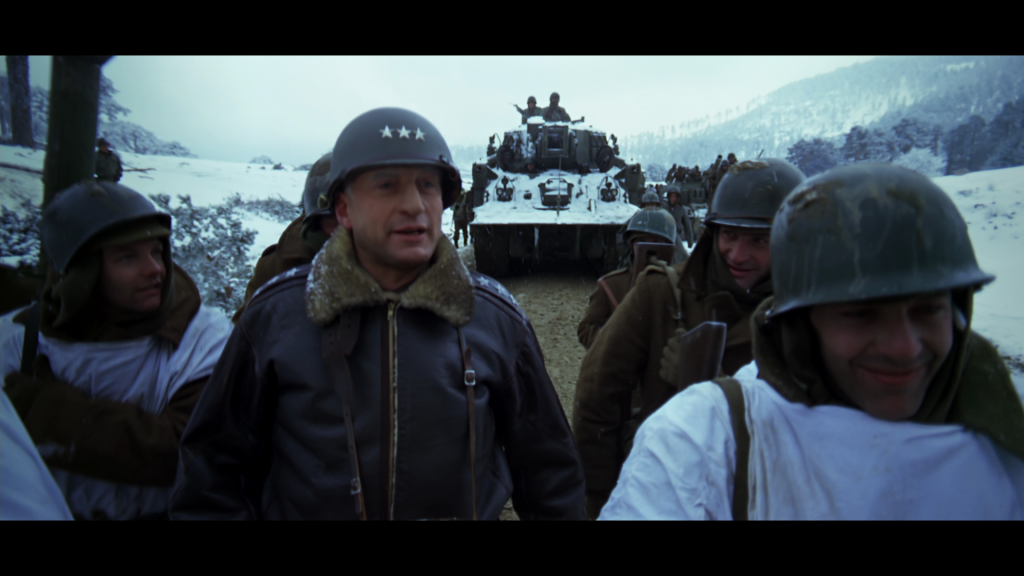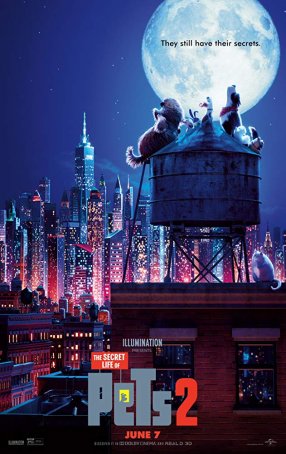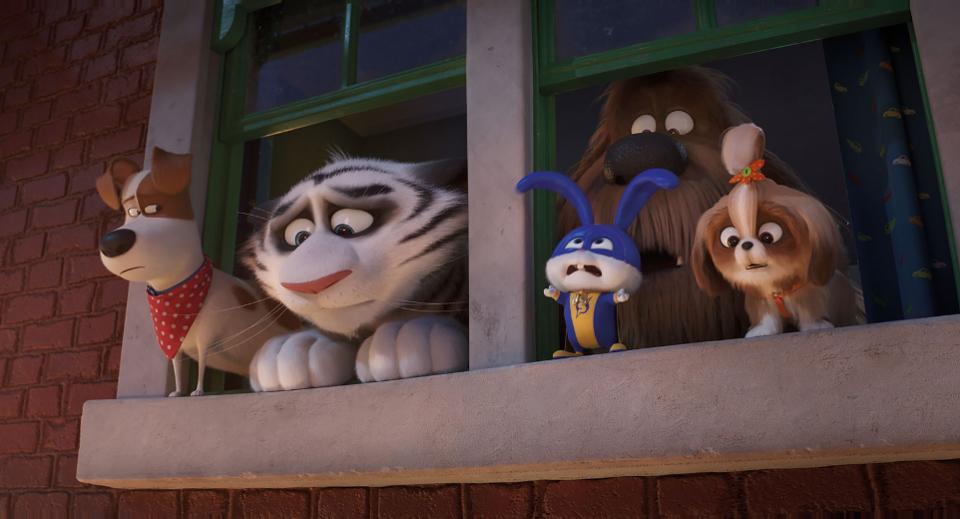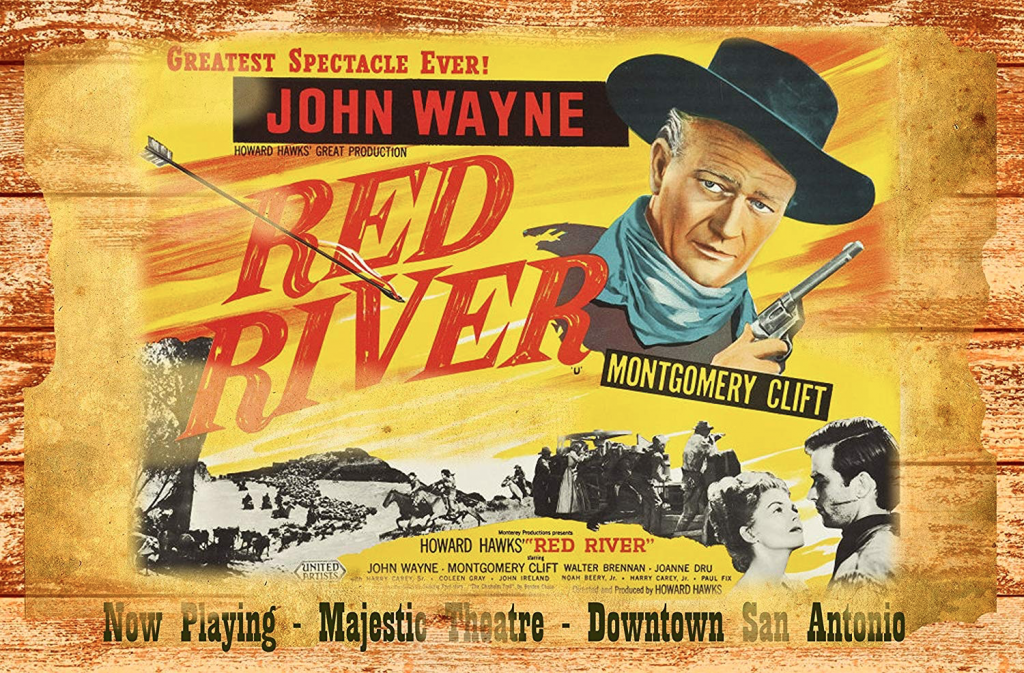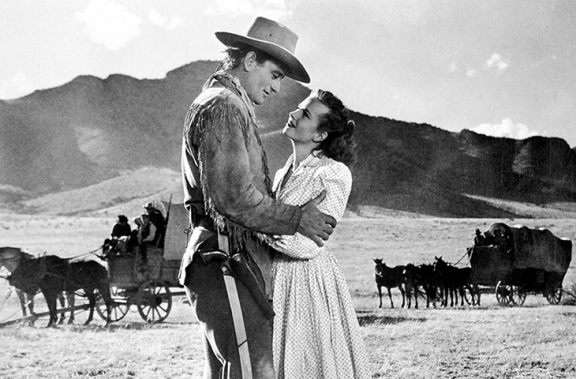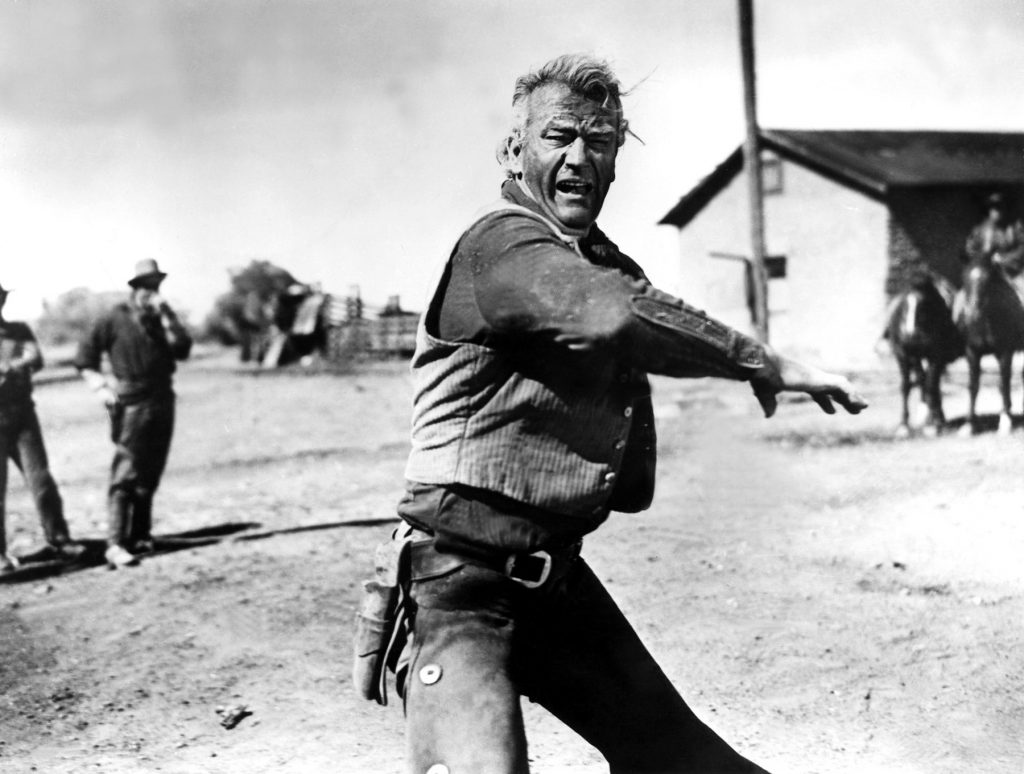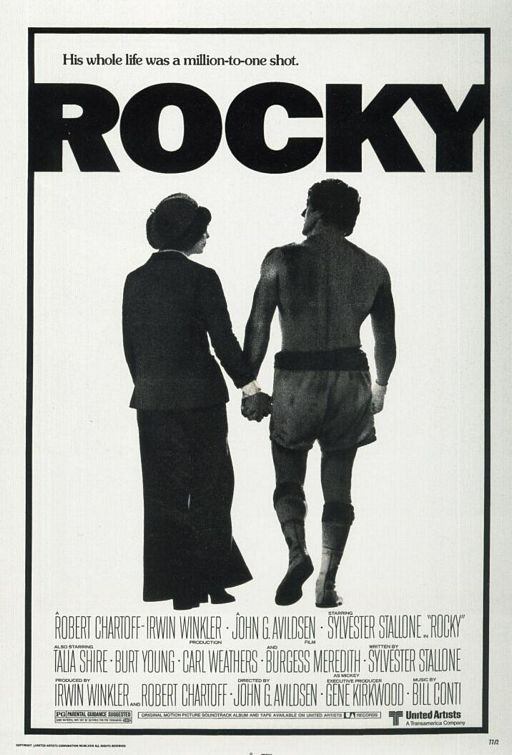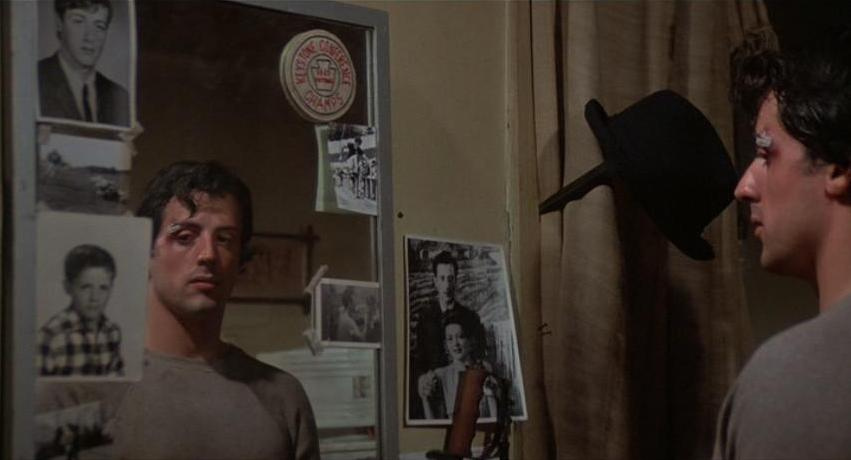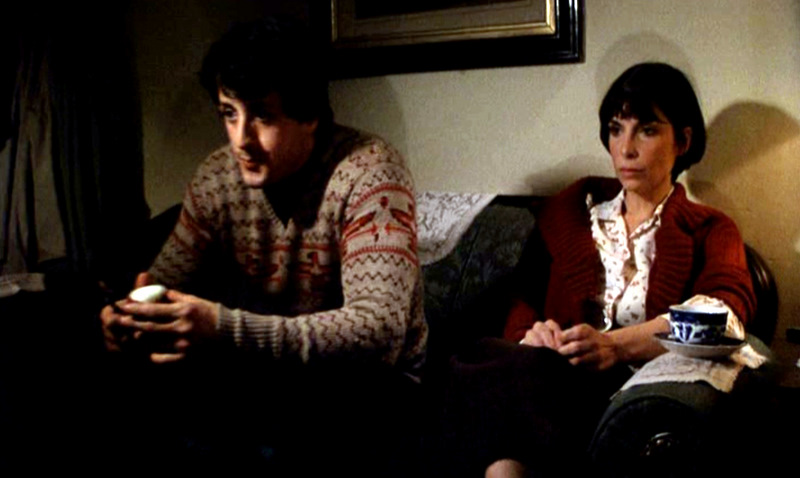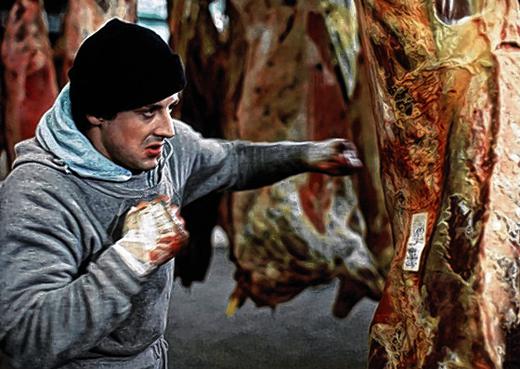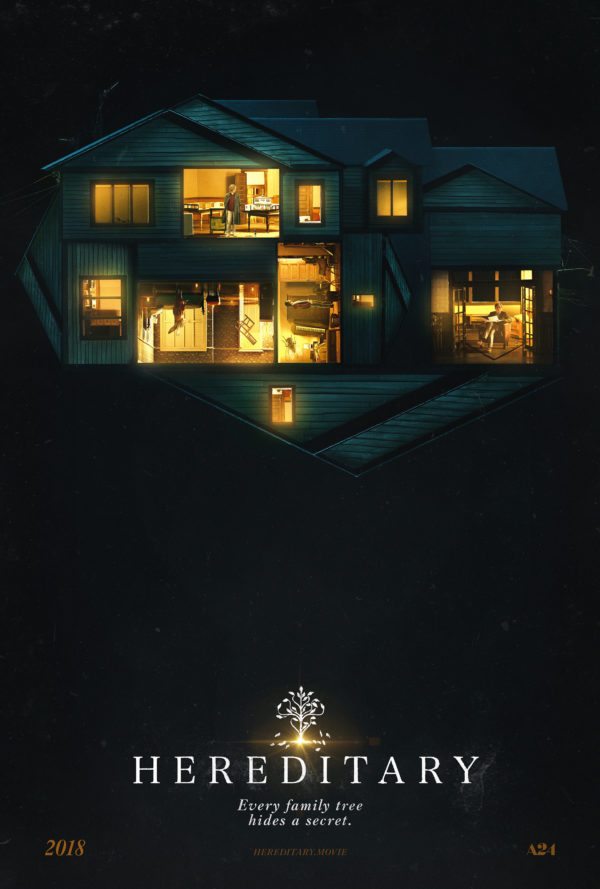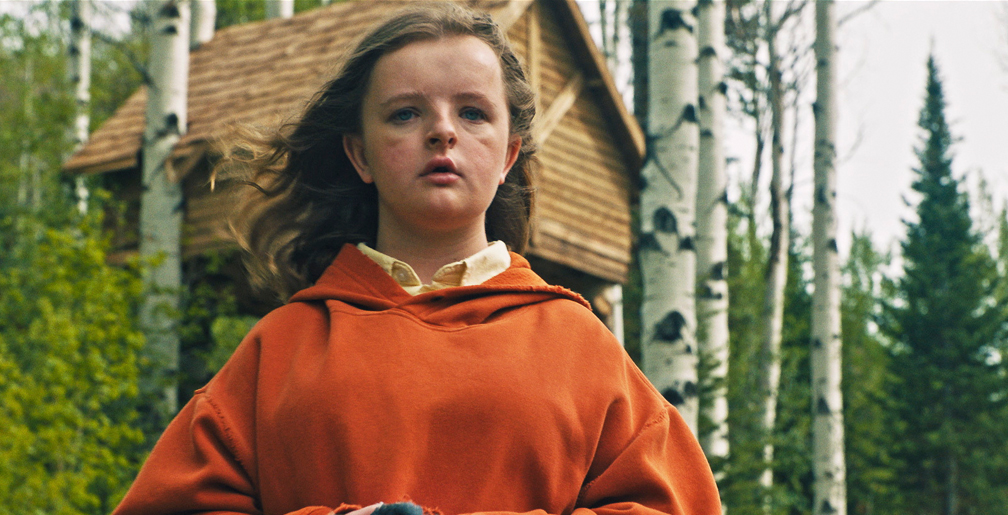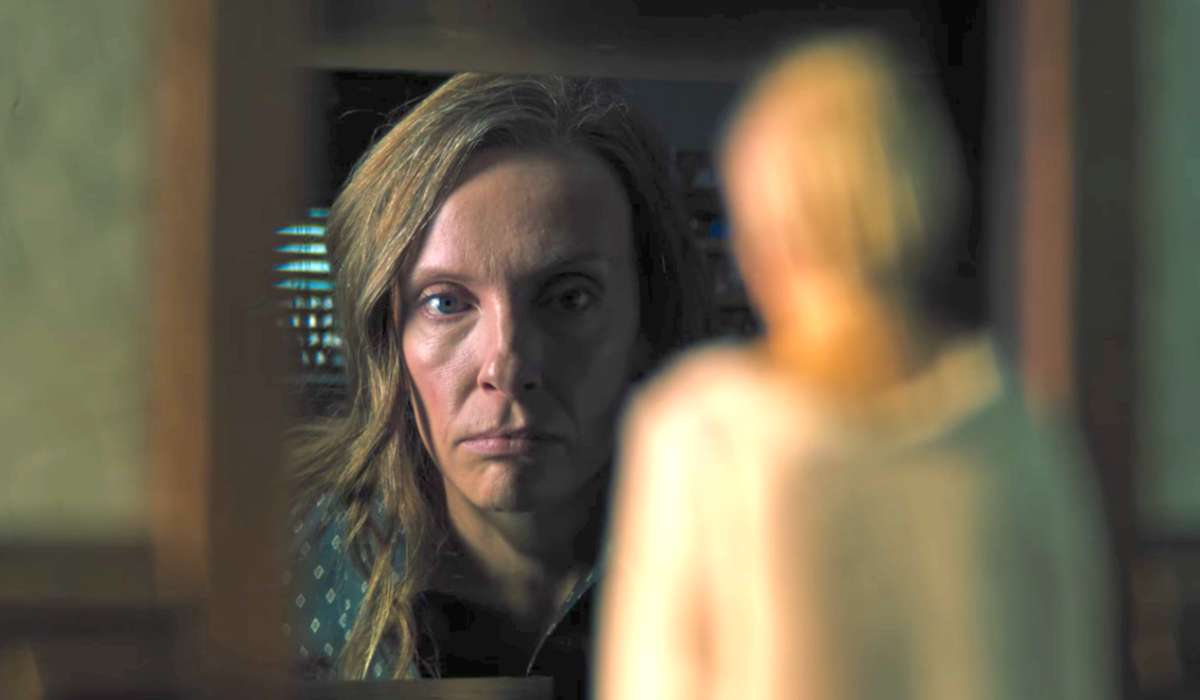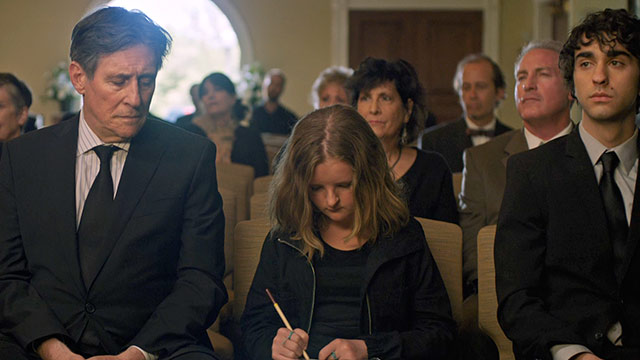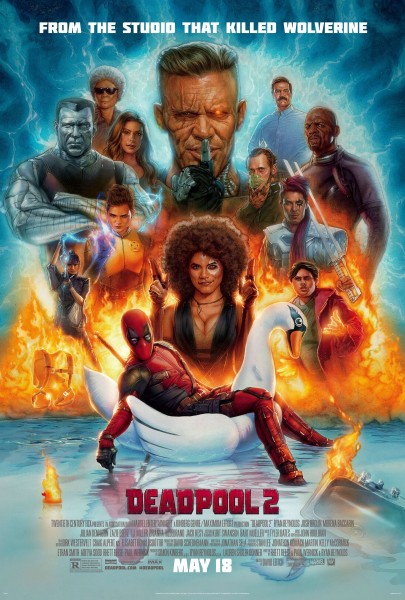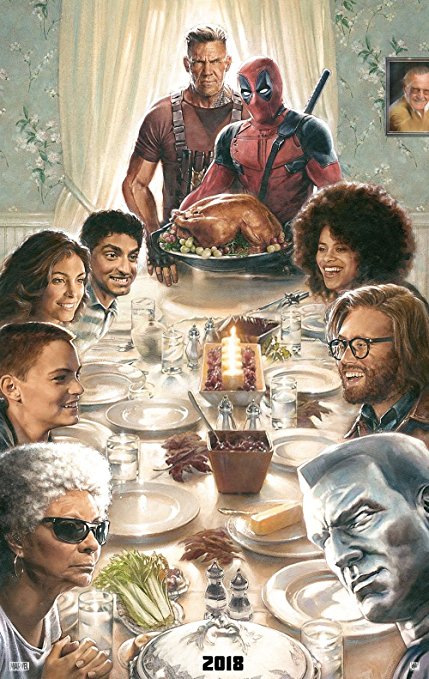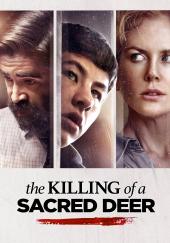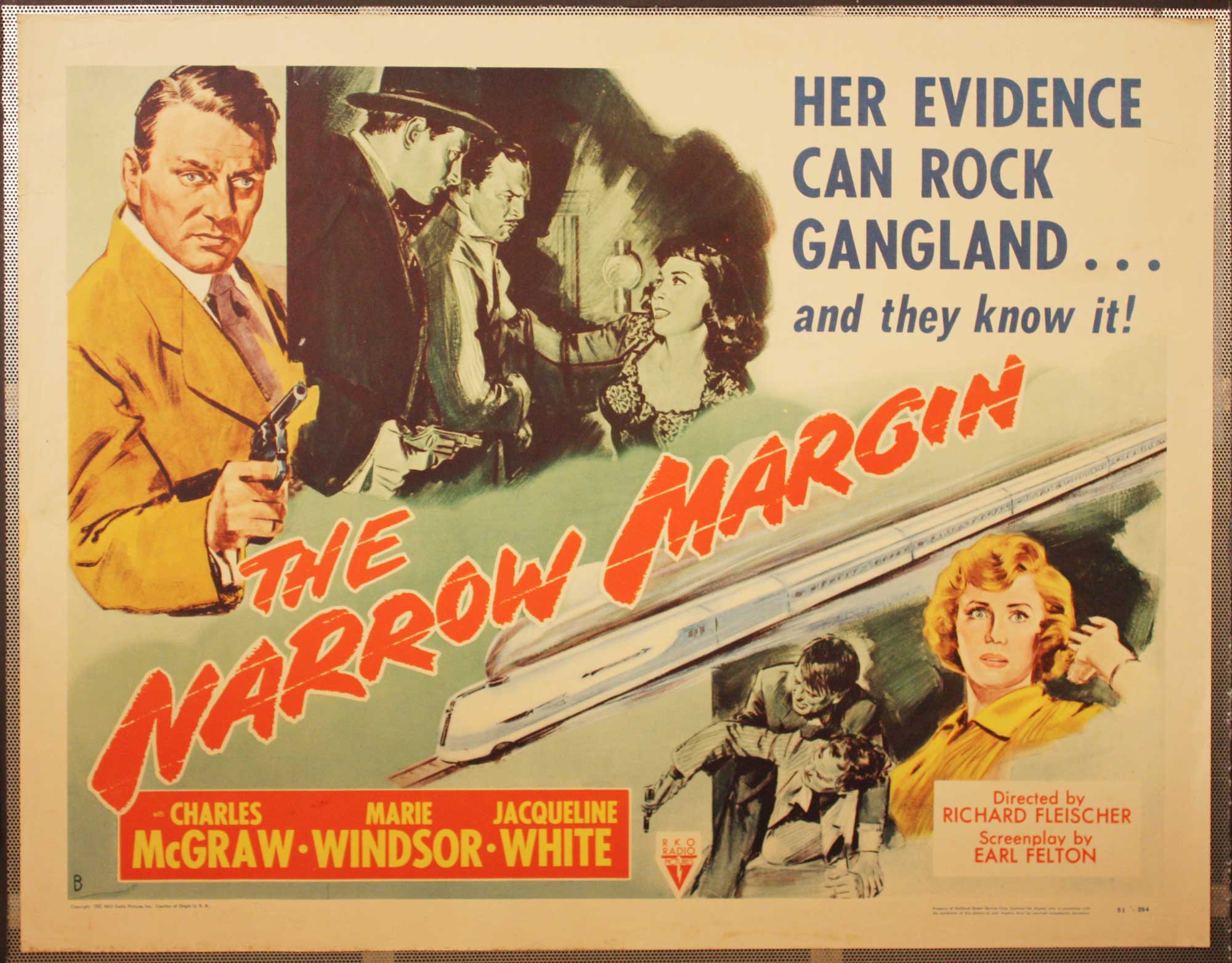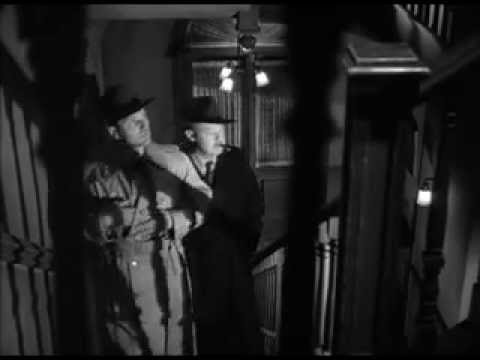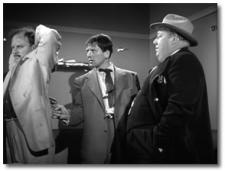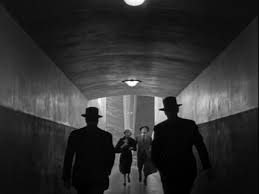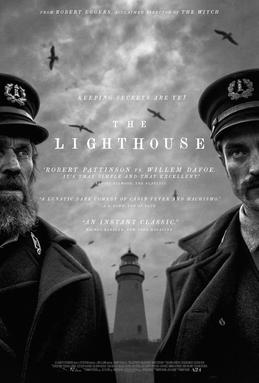
The Lighthouse (2019)
Dir: Robert Eggers
Stars: Robert Pattinson and Willem Dafoe
Do you remember that scene in Jaws, when Quint takes a Louisville Slugger to the boat’s only radio, and Chief Brody loses his mind over the insane battery of their lifeline to the shore? I found myself thinking about that scene quite a bit in these days that have passed since I saw The Lighthouse, which is director Robert Eggers’ follow up to another film I really loved, The Witch (or the VVitch as it’s also known – my take on that title here, http://ronhamprod.com/?p=1437). Perhaps the reason I thought about good ol’ Quint smashing his radio to bits is that this film kind of puts that situation under full focus. What if you were hired for a job with only one other inhabitant on an island with no radio, no phone, no carrier pigeon, no conceivable way of communication with the world, other than the lighthouse you’re maintaining?

As we often begin our look into a movie, I think you’ll agree that this concept, this question put to the characters and us, the audience, is at least a fascinating one. Even if thriller isn’t your genre, if horror abhors you, if neither these actors nor this director do it for you, it’s at a minimum a phenomenal question to craft a cinematic story around. For me, watching a movie like The Lighthouse is in many ways reminiscent like visiting the LACMA. I see some artistic endeavors that I’ve never seen before. Some are really interesting an even inspiring to me. Others are not for me and I kind of wish I could unsee them. Still others were interesting, but not really related to my own personal taste. I think nearly anyone who watches this film will at least be glad they did. It’s like a painting in a museum, where most of the time, even if you feel like it wasn’t for you, it was still well worth the trip. [Above and below are some of my museum shots – one from an exhibit that took up an entire room with dizzying effect, and the other (below) from the Kubrick exhibit at LACMA several years ago…. one of the best I’ve ever been to!]

Despite the fact this film is more of a character study and a philosophy film, the plot still needs to be described. Please bear with me: on a nondescript island in a nondescript era of history, black and white video with a “collapsed” frame reveals two men taking a small marine craft to a foggy island. The sound of a warning horn is heard over, and over, and over again as the men – one old, one young (their original characters’ names, by the way) – pass two other men without a word. The previous men have done their time on the island, and these two are ready to begin the maintenance of the lighthouse. The table is set for a story about two men who will simply be taking shifts as they keep a lighthouse up to par. That’s… all there is to it.
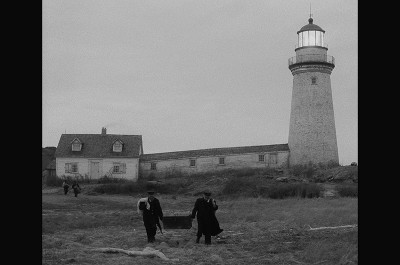
Are you frustrated yet? Or, are you intrigued? Me, I think I was in the mood for this title because I always like spooky thrillers this time of year in keeping with the ever expanding Halloween season. I wanted to see what happened to these two workmen. I was curious why there wasn’t a word even exchanged between them and the other two men leaving the island. I was fascinated by the 1.19:1 aspect ratio, that “collapsed” frame I referred to earlier. The film is not a widescreen, “Cinerama” event picture. In fact, it is very purposefully shot so that it looks like it might have been shot at the end of the nineteenth century. More on that – with an exciting link included! – at the end.
The reason I kept watching and the reason I’m recommending The Lighthouse so strongly, is that I remained intrigued from start to finish. Very few films have a director with such vision these days, who also has the freedom to execute their idea for the film from start to finish – even into the marketing materials for the movie. With all of that said, if a movie about two men going slowly mad – or are they? or which of them is? or is he (which one?) who he seems to be – doesn’t appeal to you, definitely rewatch something else this season.
But, I really hope you give The Lighthouse a try. I think the two actors’ performances alone deserve your attention. Willem Dafoe, by now a veteran, respected icon of cinema, continues to make choices that showcase his ability to explore emotions and flaws in his characters that always delight me. Robert Pattinson is one of the new breed, who I’m so glad took the part if only to demonstrate and distance himself from some of those titles he did while he was pretty young. If you watch this title and then Good Times, you get the idea Pattinson is no “one hit wonder.”
Further, I try my best to describe how a film “fires on all cylinders,” and this thriller certainly fits the bill. For example, after I finished watching, one of the first technical credits I looked up was the sound design, by Damian Volpe (https://www.imdb.com/name/nm0901720/?ref_=ttfc_fc_cr102) – I’m including his IMDB so you can look at the immense body of work he’s contributed to. Horror/thriller films are more than half credited to their sound, in my opinion, and Volpe’s work is noticeable. Think about it once you’ve watched – it’s not just the authenticity of the waves, the droning of the consistent fog horn nor the comedy of “Old’s” farts! It’s the more supernatural elements and the choices Volpe makes with volume and depth of sound, some of which challenged the aging widescreen set sitting in my living room. But, the “cylinders” of the musical score, the photography, the costuming and props, these are all contributing to the overall very effectively. I’ll put it this way, when you read a poem from Walt Whitman, your mind conjures certain images, sounds, smells. It’s like this movie is a genuine reshaping of an old sea dog’s legend. Had the camera pulled back at the end to reveal Willem Dafoe relating the movie as we saw it to his grandkids in the 1930s in front of a fire, I wouldn’t have been let down – and that’s a tribute to all of the technical elements.
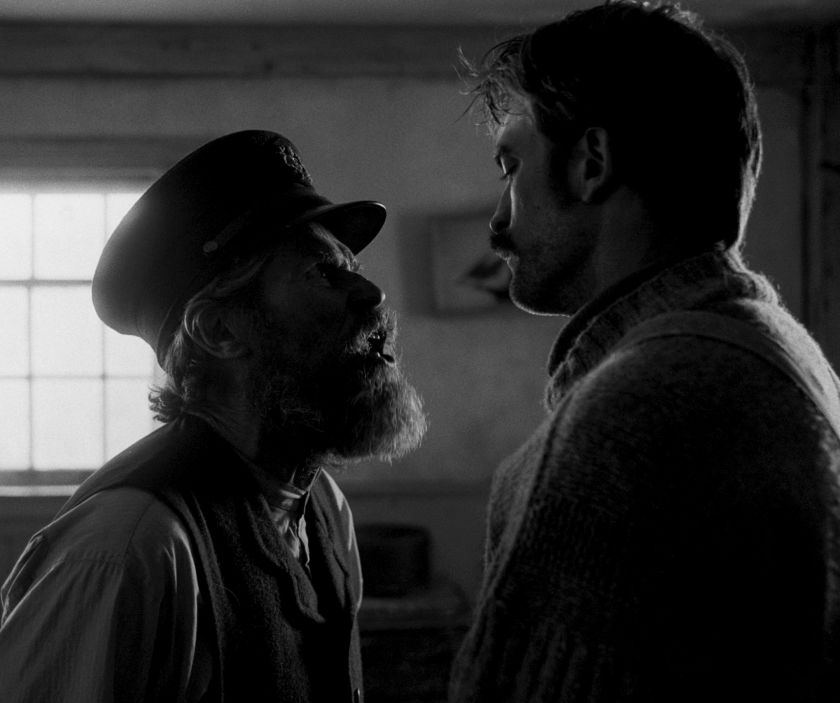
I wanted to get this entry in for Halloween, because there are so many choices at home in this environment! That said, I think more classic horror fans and more moderate thriller fans alike would love The Lighthouse. It kind of reminds me of Psycho (pardon, but my take again – http://ronhamprod.com/?p=797) in that, for me, it’s a horror film. The themes and possibilities that this movie puts forth, much like Psycho or The Witch, terrify me. But, I can see the point from a horror scholar’s perspective, that The Lighthouse doesn’t quite qualify…? The nautical gods command, discuss amongst yourselves!
PS: these links below are phenomenal, and “The Look…” directly below gets into that aspect ratio minutiae in case you’re an uber-film-geek like myself…. Last thing I’ll say – I hope the screenshot is visible – but apparently the clay pipe that Willem Dafoe had in his mouth for much of the film was really difficult to work with, and yet Dafoe motored through. It’s a great time we live in when you can spend half a week looking at materials related to a film you’ve just discovered…!

